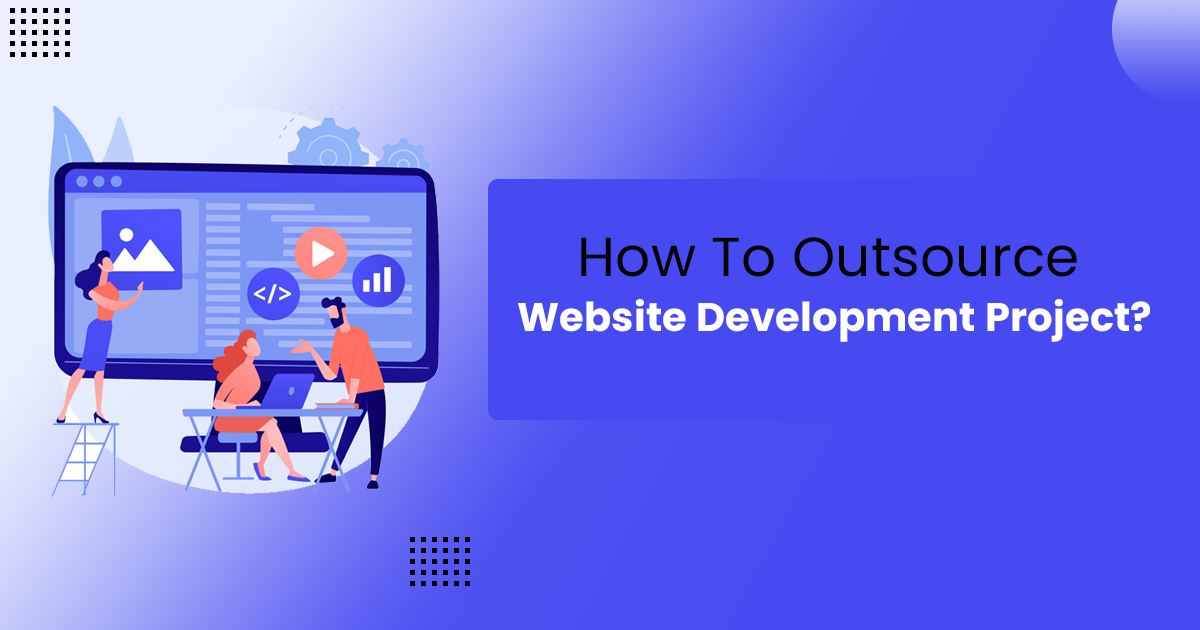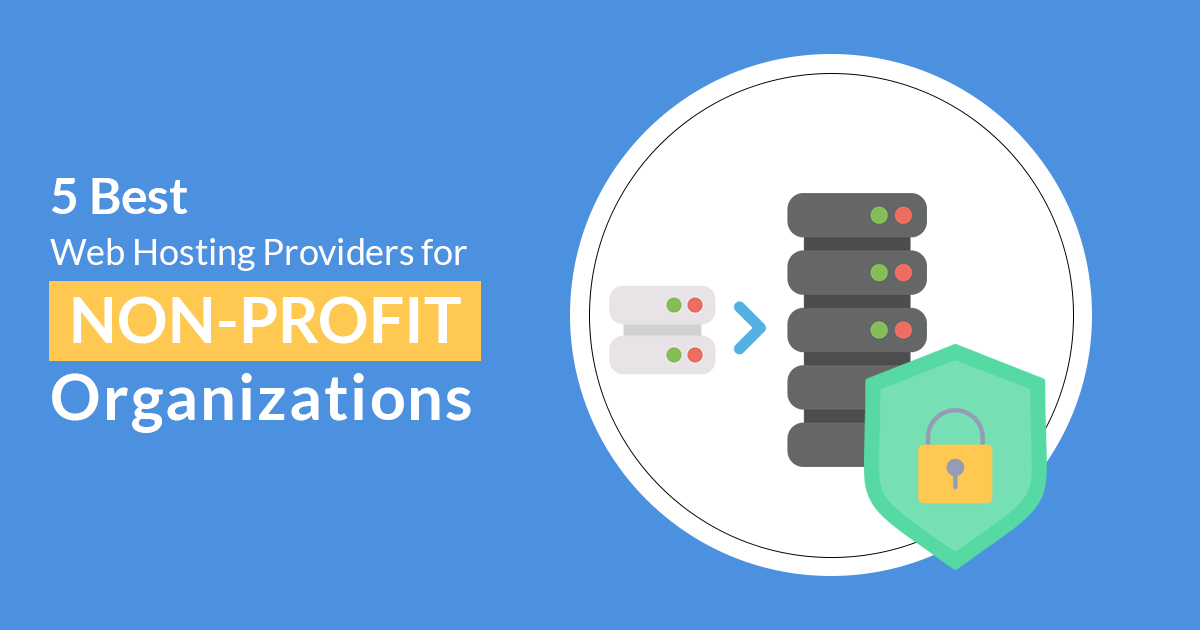How To Outsource Website Development Project?

Developing a custom website or web application in-house requires significant investment in a skilled technology team, infrastructure, and overhead expenses. Many companies are now turning to outsourcing as a strategic approach to get their web projects executed faster and more cost-effectively.
Outsourcing involves partnering with an agency that provides the web design, development, and technology skills needed to build and launch your online product. It provides access to expertise minus the headaches of hiring or managing an internal team.
Reasons to Outsource Web Development
There are several benefits to outsourcing parts or all of your web development work:
Cost Savings
Outsourced projects require zero infrastructural investment or human resource overheads on your part. You save greatly on recruiter fees, training costs, employee benefits as well as office space and equipment costs. Outsourcing provides huge cost advantages thanks to lower developer salaries and overheads across overseas markets.
Specialized Expertise
Outsourcing gives you access to niche technical capabilities that may be unavailable or scarce locally. Companies maintain teams with in-demand skills like ReactJS, Node.js, Python, etc which you can utilize.
Accelerated Time-to-Market
Handing your project to an outsourced team that has ready talent and standardized processes helps launch your website faster compared to attempting in-house development.
Enhanced Focus
Outsourcing the development and technology work related to your web project allows your internal teams to focus more on core business functions like marketing and product strategy.
Risk Mitigation
Outsourced projects provide a cushion against losses/delays arising from resource crunch or skills mismatch. The external partner handles contingencies.
Here is a step-by-step guide:
1. Clearly Define Goals and Requirements
Any web project begins with clear goals – what purpose would your online product solve? Who is the target audience? What features/functionality would serve their needs? Outline detailed requirements around business objectives, user journeys, features, content strategy, and success metrics.
Technical requirements around integrations, performance needs, security standards, etc. are also vital to specify upfront. All this becomes the product specification document that outsourced vendors would refer to build and test against.
2. Research Specialized Web Development Agencies:
With your requirements ready, start researching agencies that specialize in building websites/apps in your domain. Browse through their portfolio, client testimonials, reviews, and case studies to evaluate previous work. Opt for an experienced agency that has expertise in developing websites similar to what you are envisioning.
3. Assess Methodologies and Processes
Dig deeper into the agencies shortlisted by understanding their project execution processes – website design and development methodologies used, documentation standards followed, quality assurance practices, security policies, and tools deployed.
Gauge their communication styles and protocols. Assess technical support mechanisms, post-launch maintenance services, etc. Shortlist those with relevant experience and technical expertise to match your needs.
4. Hold Discussions and Demos Schedule detailed discussions with the outsourced team.
Get them to walk you through specific approaches they would take for your project based on the discussed requirements. Ask for design ideas, code samples, and references to evaluate competencies. Discuss timelines, and development roadmap and get clear visibility on roles and responsibilities between you and the outsourced talent. The goal is to assess overall alignment from expectations, communications, and capabilities perspective.
5. Set Clear Terms of Engagement
Get everything formally contracted – project scope, pricing models, delivery schedules, quality standards, work product ownership rights, payment terms, IP protection clauses, and indemnities among other legal aspects for risk mitigation. Rules of engagement covering communication protocols, project tracking tools, frequency of updates/reviews and governance norms must also be detailed at the start.
Take Complete Ownership
Eventually, for the product to truly align with your goals and audience needs, you have to take complete ownership. This would be things like getting a non-disclosure agreement (NDA) Signed before you share any confidential data, business goals, or ideas with the vendor, ensure you have an NDA in place. This legal contract will prohibit them from sharing your proprietary information with unauthorized parties. Intellectual property protection is critical when outsourcing development work.
More importantly, own overall success metrics – track adoption, and user feedback. Keep directing product improvements based on analytics that serve your audience and business returns.
Summary
Outsourcing website design and development is an efficient way to get started with your online presence when you lack sufficient in-house skills. With the right partner and well-defined project management, outsourcing can enable you to build high-quality websites that deliver true business value.
While outsourcing can help lower website development costs substantially, don’t just choose agencies based on budget factors. Opting for the cheapest vendor may lead to quality issues in the long run. Find a good balance between costs versus technical competencies and capabilities. Reach out to experts at The OctopusTech to kick start your outsourced website project today.





